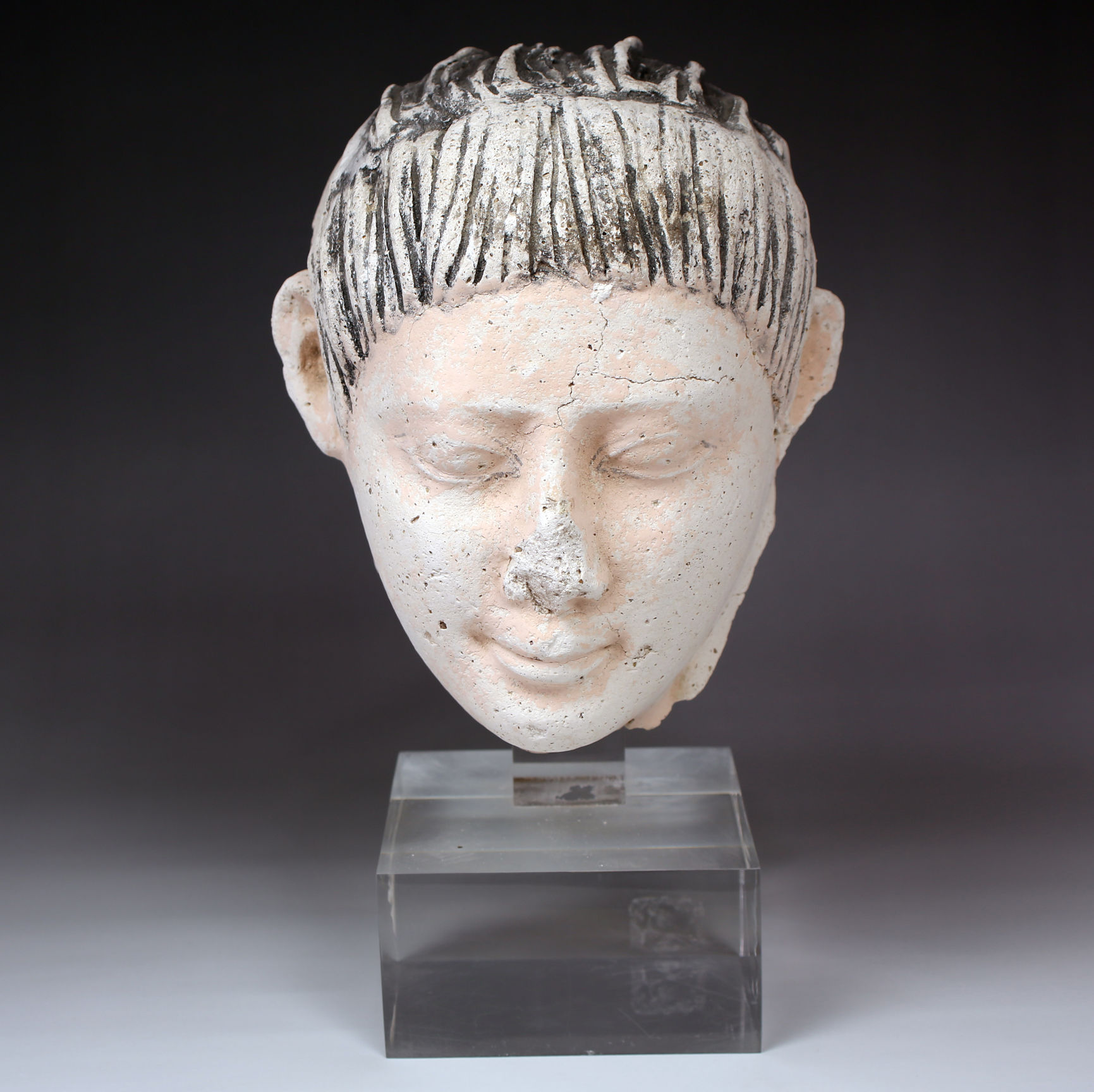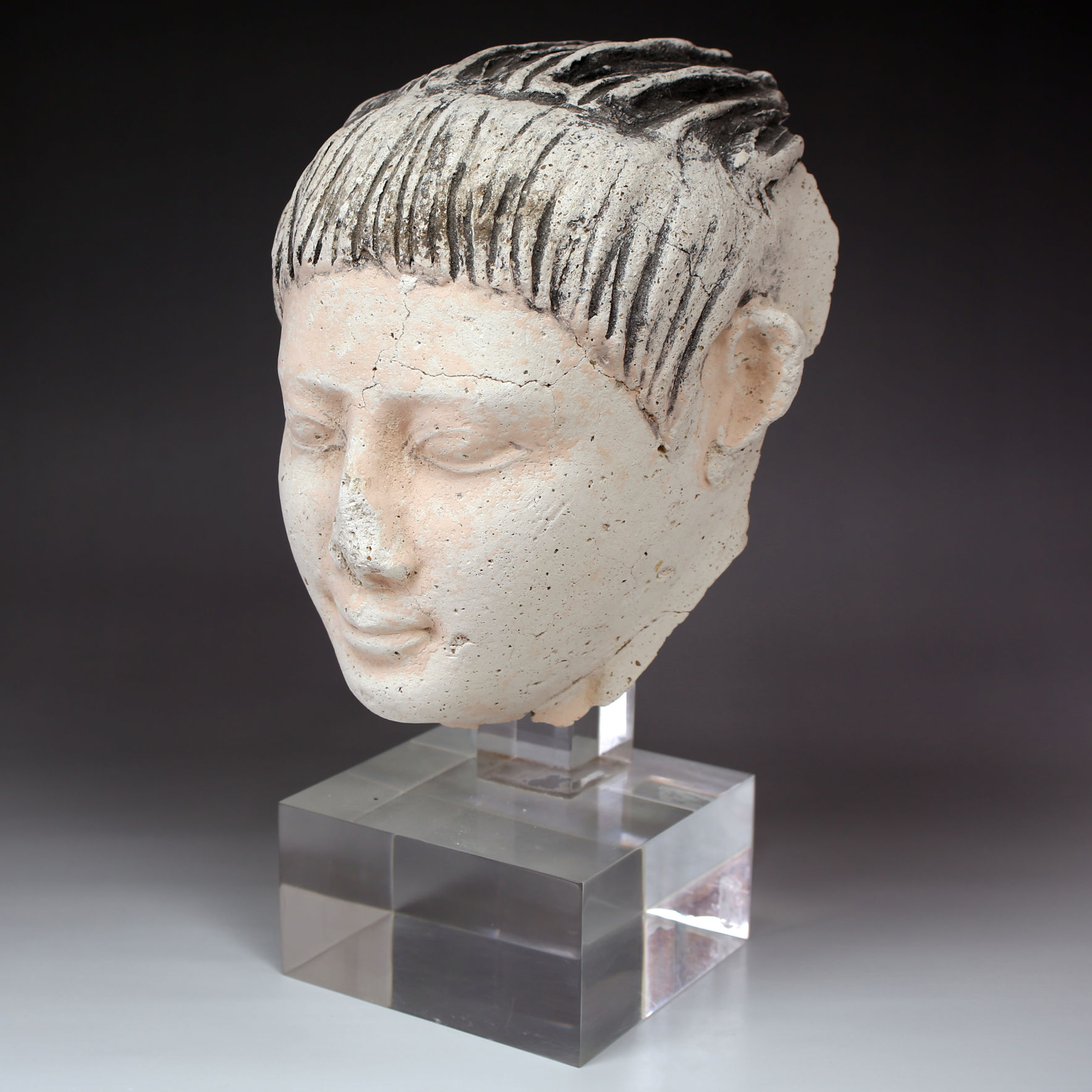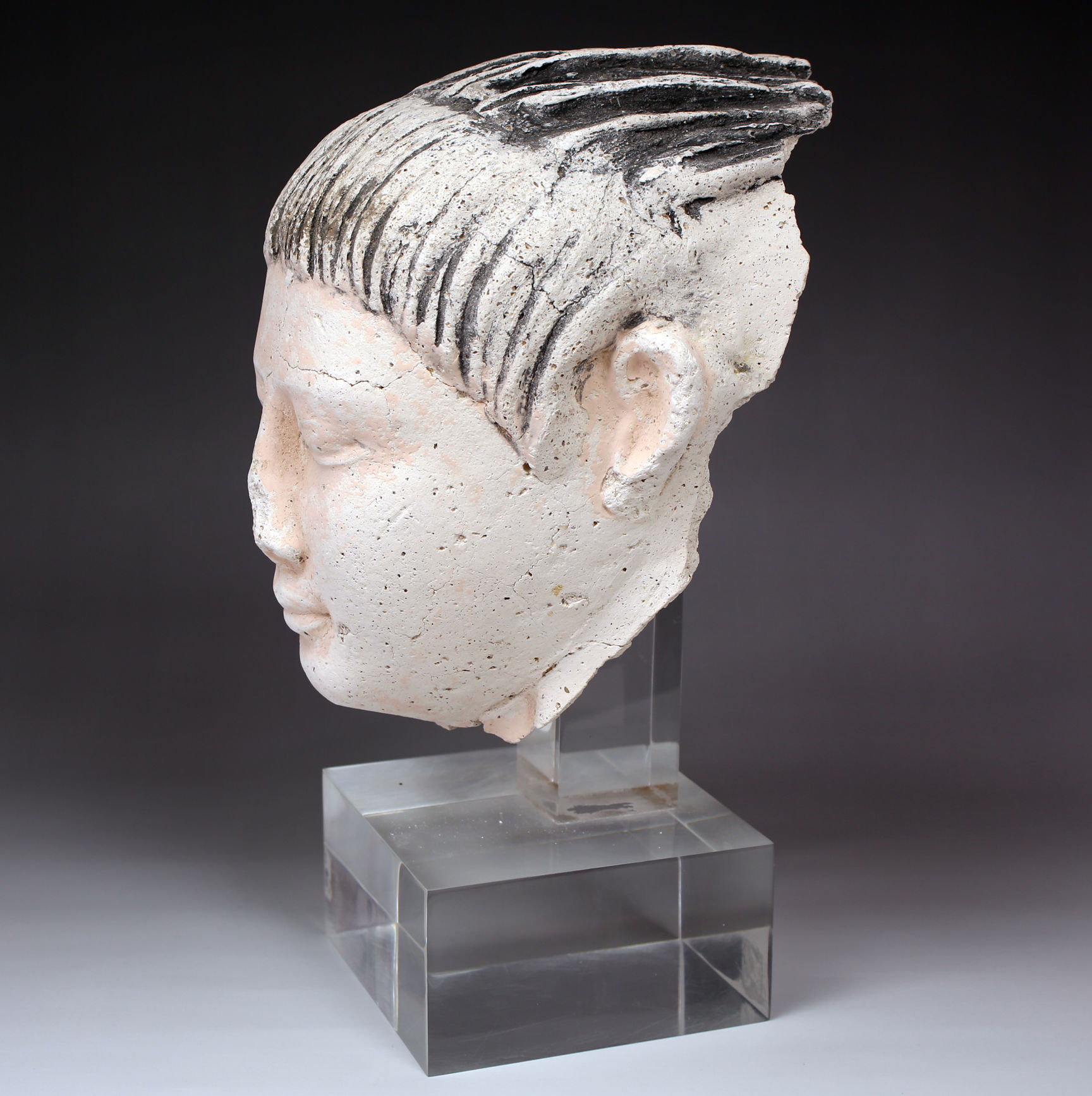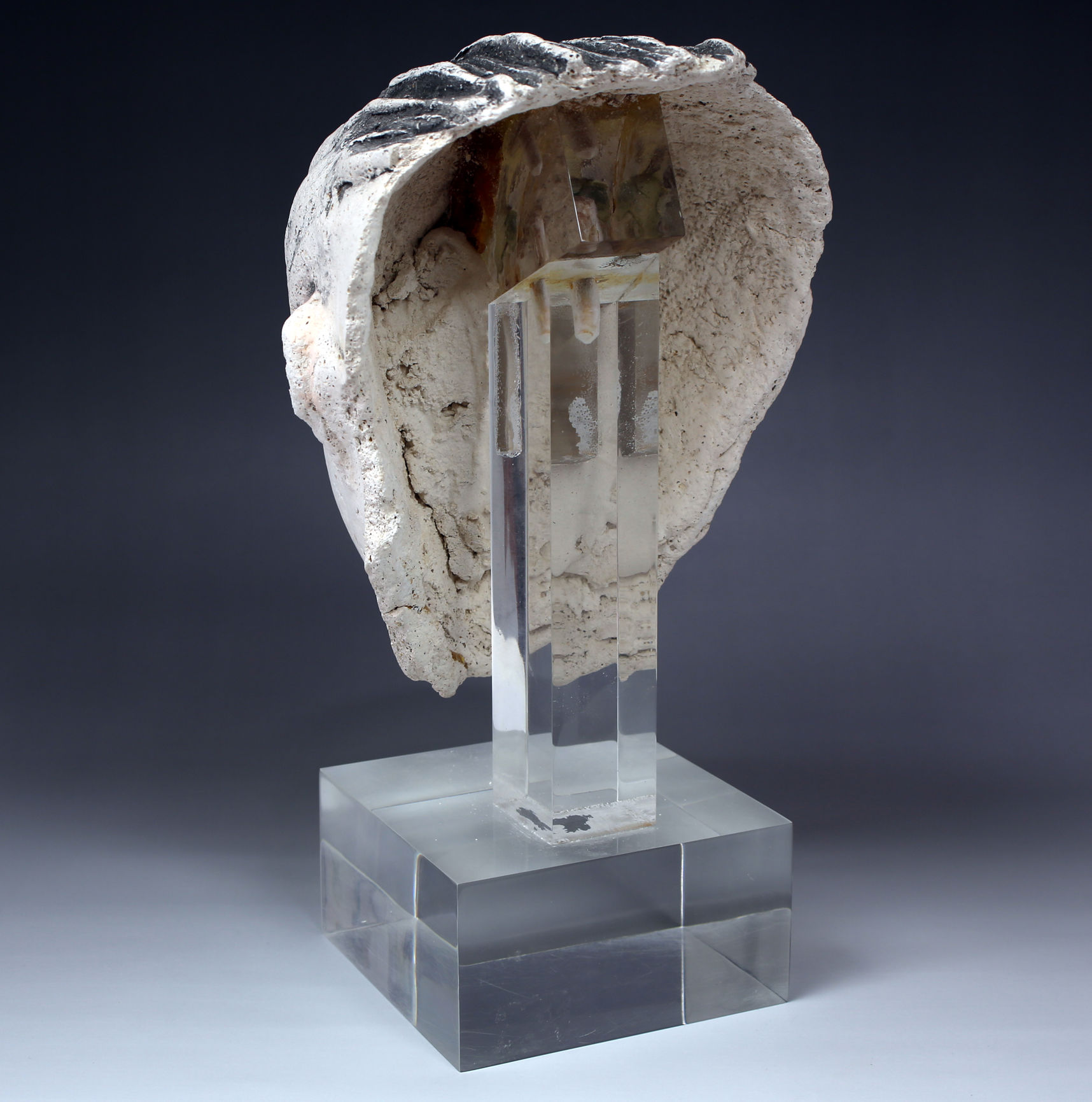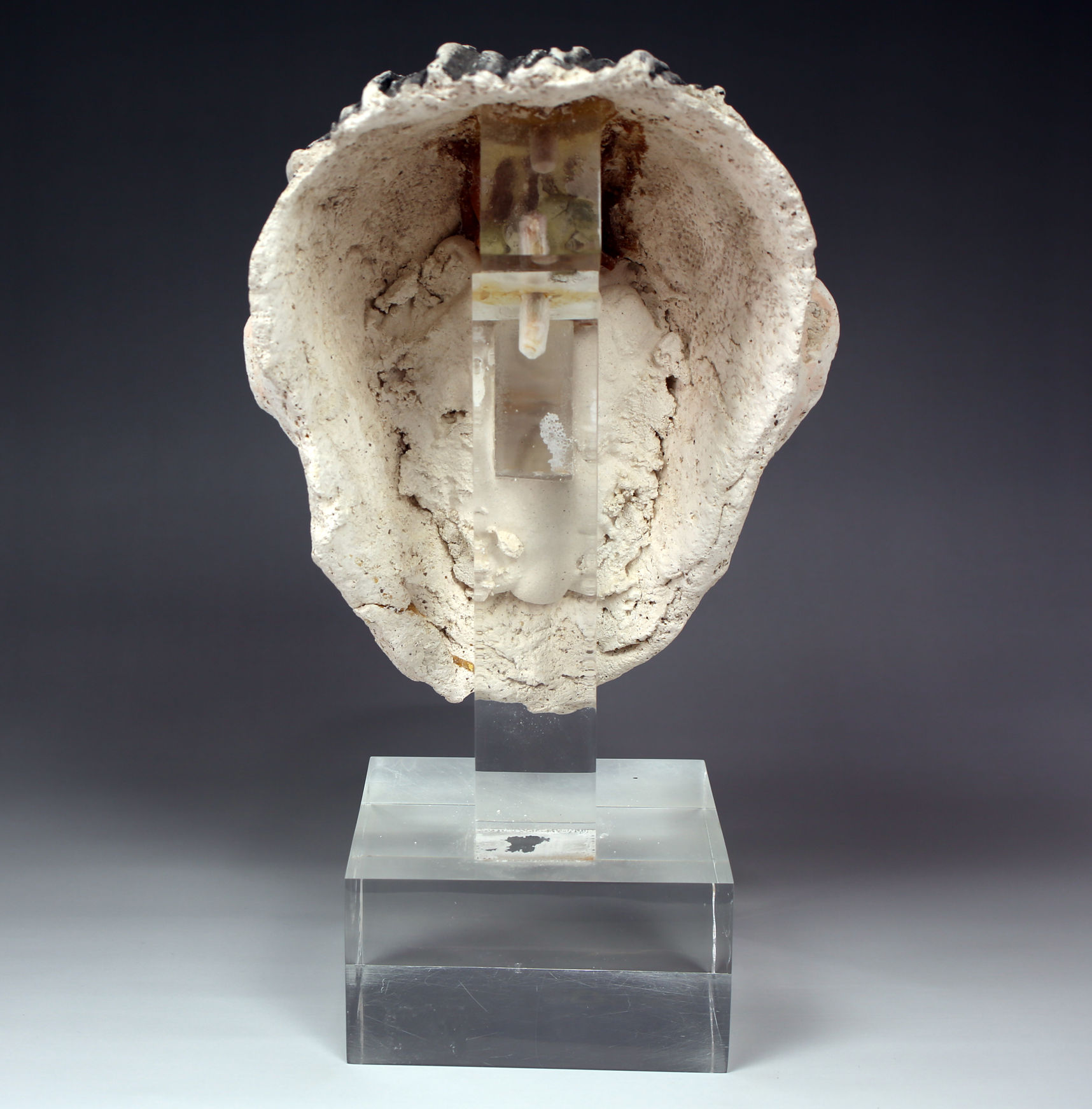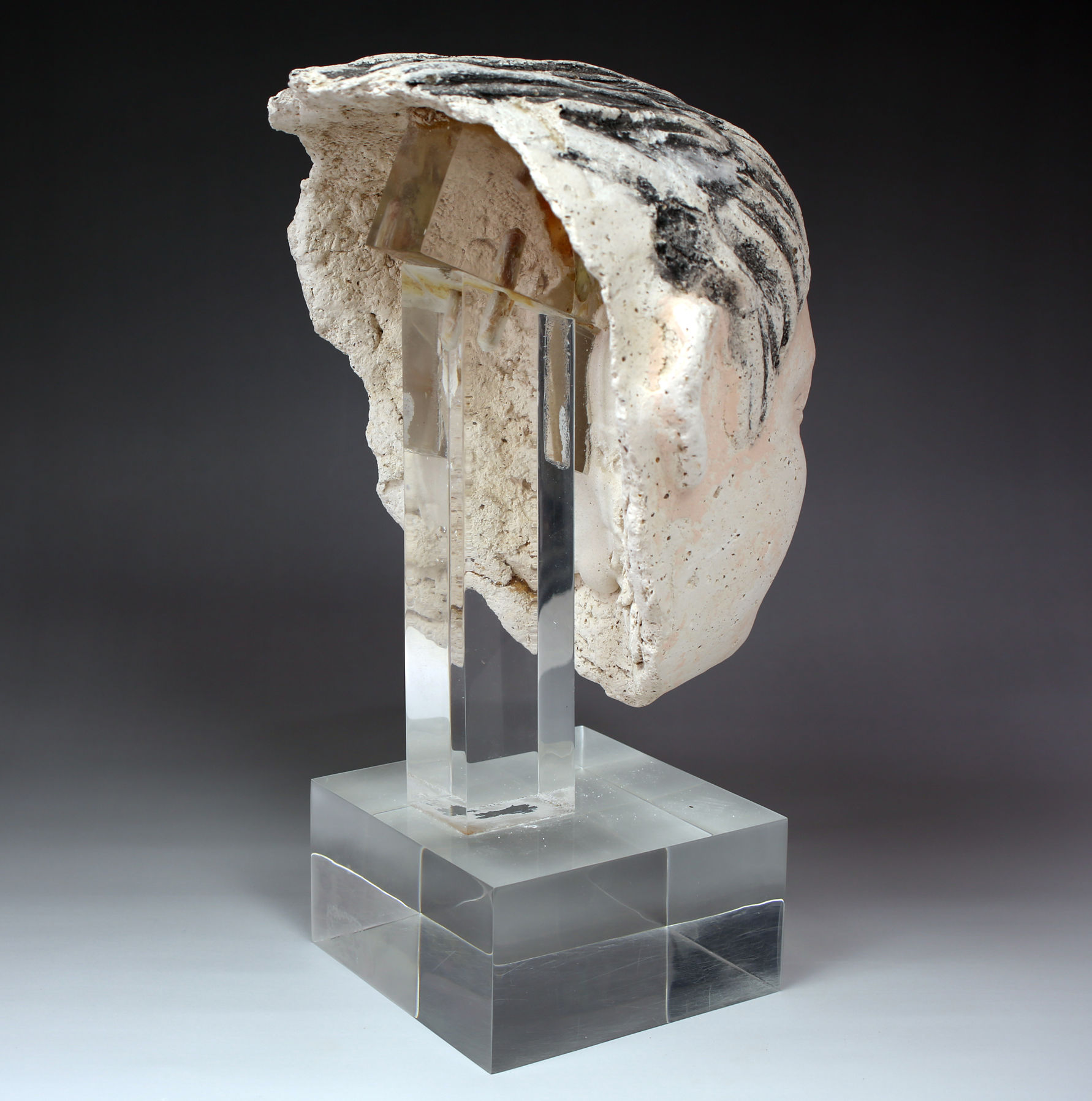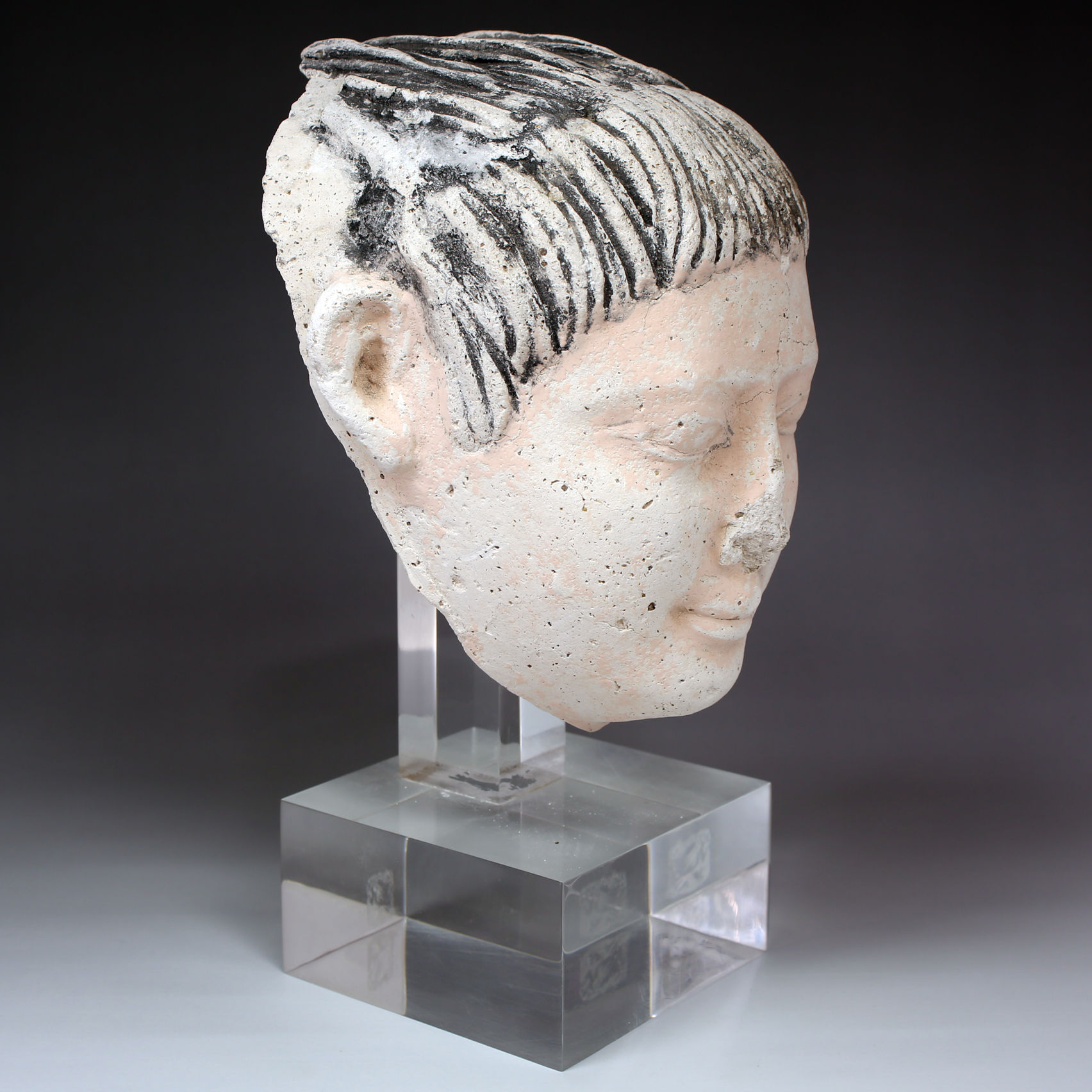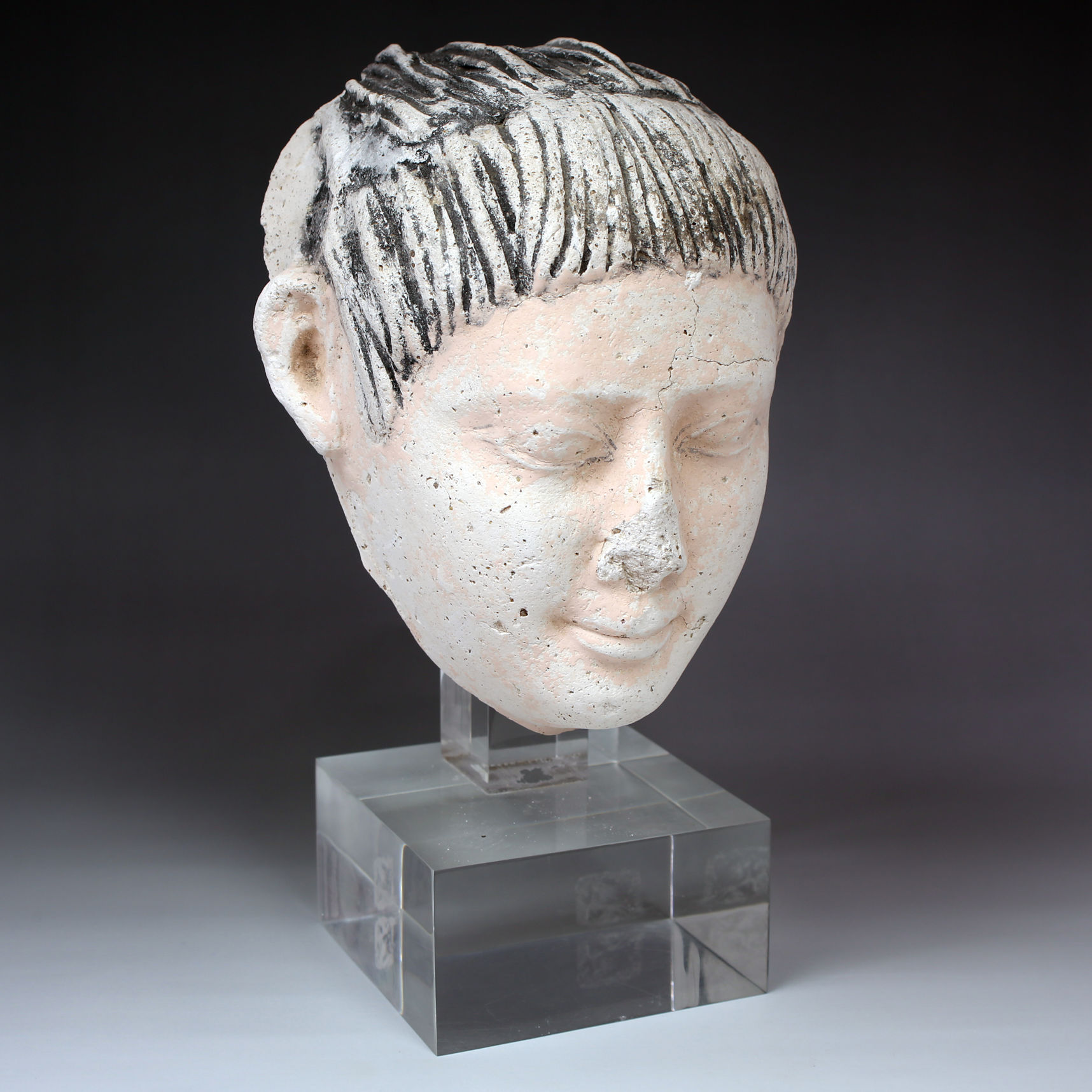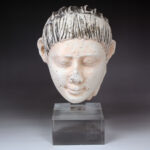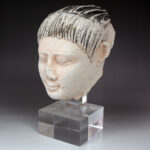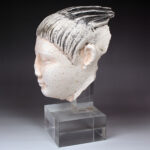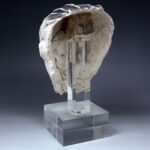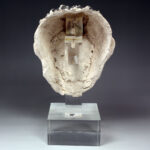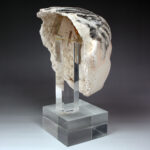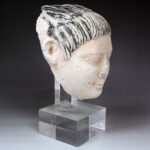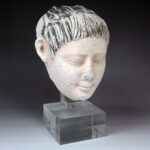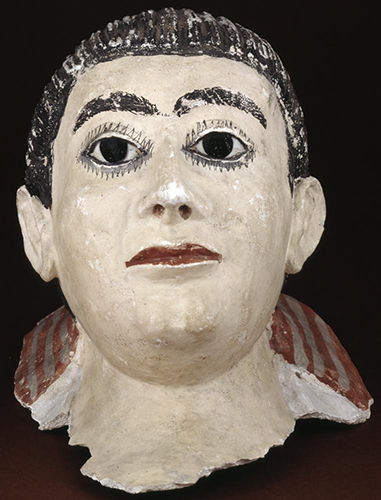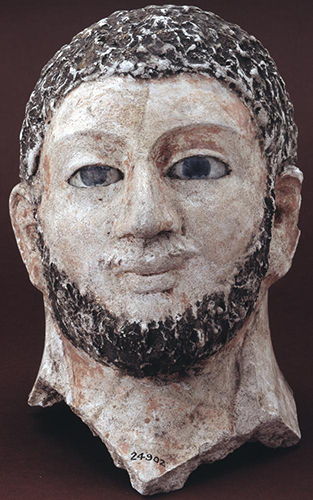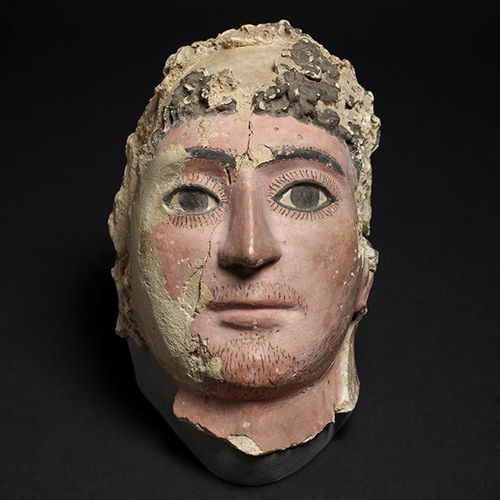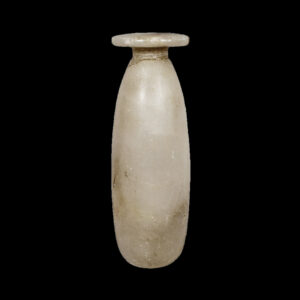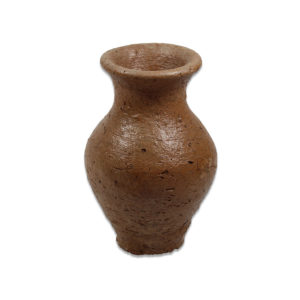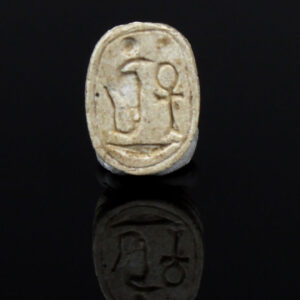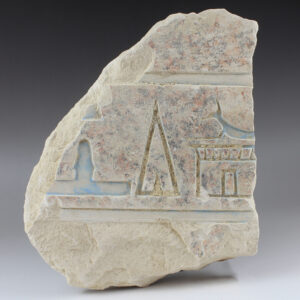Description
| ITEM | Mummy mask |
| MATERIAL | Linen and Gesso |
| CULTURE | Egyptian, Roman period |
| PERIOD | 1st – 2nd Century A.D |
| DIMENSIONS | 180 mm x 140 mm x 145 mm (without stand) |
| CONDITION | Good condition. Includes stand |
| PROVENANCE | Ex French private collection, Auvergne, acquired before 1980s |
During the Roman period in Egypt, which spanned from the 1st century BCE to the 4th century CE, a unique blend of Egyptian and Greco-Roman artistic influences emerged. This period saw the production of cartonnage mummy masks that often depicted female heads, showcasing a fusion of traditional Egyptian religious beliefs with the cultural impact of the Roman Empire. Cartonnage was a material made from layers of linen or papyrus soaked in plaster, creating a rigid surface suitable for painting and decoration.
The female heads depicted on these mummy masks during the Roman period often reflected the idealized beauty standards of the time. These masks were not just functional elements for preserving the deceased’s features, but also served a ritualistic and symbolic purpose. The depictions frequently incorporated Roman hairstyles and fashion trends, showcasing the blending of cultural elements. The intricate details of the masks, including carefully painted eyes, adorned jewelry, and headdresses, offered a glimpse into the social and aesthetic preferences of the Roman-influenced Egyptian society.
The choice of a female representation on these mummy masks may suggest a connection to the goddesses of the Egyptian pantheon, such as Isis or Hathor, who were revered during both the native Egyptian and Roman periods.


